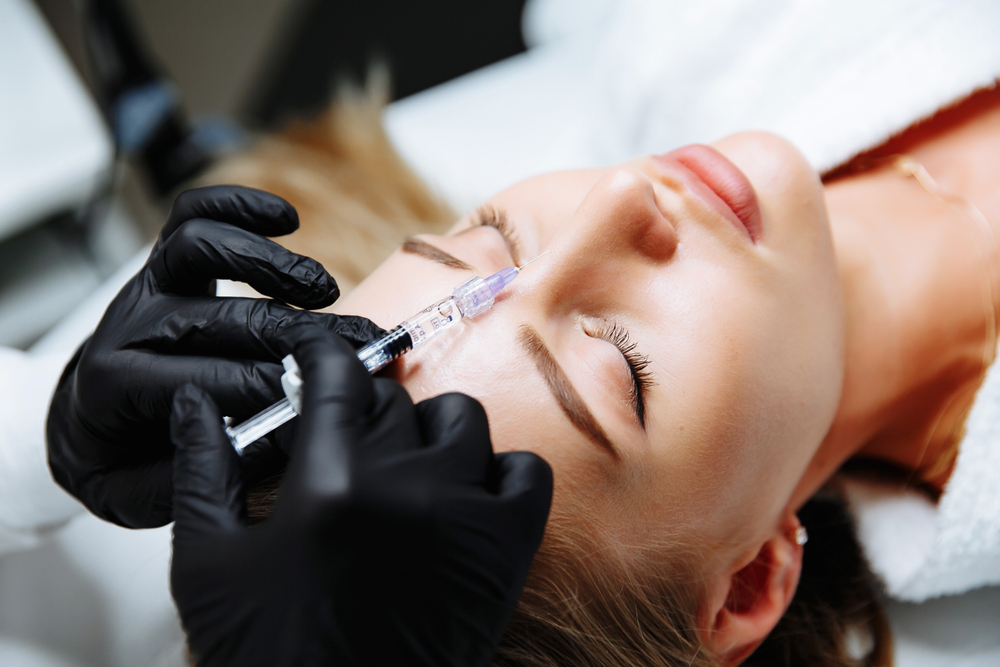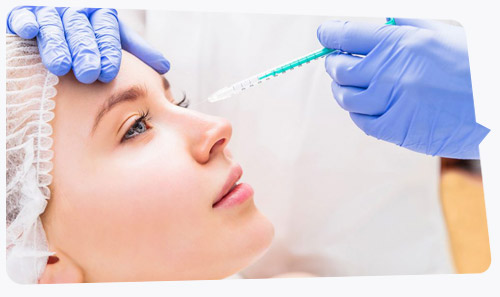Table of Contents
Introduction
Have you ever looked in the mirror and wished your nose looked a little different? Perhaps you’ve had trouble breathing or experienced discomfort due to the shape of your nose. Whatever the case, you may have wondered if there’s a solution to your problem. Enter rhinoplasty surgery, a popular procedure that could be the answer you’re looking for. In this article, we’ll dive into what rhinoplasty surgery is, its types, reasons for undergoing the procedure, the process, risks, results, costs, and how to choose the right surgeon.
What is Rhinoplasty Surgery?
Rhinoplasty, commonly known as a “nose job,” is a surgical procedure performed to reshape or repair the nose. It can be done for cosmetic reasons, to improve functionality, or to reconstruct the nose after trauma or disease. This versatile procedure can alter the size, shape, and overall appearance of the nose, as well as correct breathing difficulties caused by structural issues.
Types of Rhinoplasty Procedures
There are three main types of rhinoplasty procedures, each with a different purpose:
- 3.1. Cosmetic Rhinoplasty
This type of rhinoplasty focuses on enhancing the appearance of the nose. It can address issues such as a prominent hump, a wide or bulbous tip, or an asymmetrical shape. The goal is to create a more balanced and harmonious facial appearance.
- 3.2. Functional Rhinoplasty
Functional rhinoplasty aims to correct breathing problems caused by structural abnormalities, such as a deviated septum or enlarged turbinates. This type of surgery can improve nasal function and overall quality of life.
- 3.3. Reconstructive Rhinoplasty
Reconstructive rhinoplasty is performed to restore the nose’s structure and appearance following trauma, disease, or previous surgery. This may involve using grafts or flaps to rebuild the nasal framework.
Reasons for Undergoing Rhinoplasty
Individuals choose to undergo rhinoplasty for various reasons, including:
- Enhancing the appearance of the nose
- Correcting breathing difficulties
- Repairing damage from trauma or disease
- Boosting self-confidence and self-esteem
- Improving overall facial balance and harmony
Understanding the Rhinoplasty Process
5.1.The rhinoplasty process can be broken down into four main stages:
Consultation
During the initial consultation, the surgeon will discuss your goals and expectations, assess your nasal anatomy, and determine the best approach to achieve the desired outcome.
5.2. Preparation
Before the surgery, you’ll receive instructions on how to prepare, which may include stopping certain medications, avoiding smoking, and arranging for someone to drive you home after the procedure.
-
5.3. Surgery
Rhinoplasty is typically performed under general anesthesia and can take anywhere from one to three hours, depending on the complexity of the procedure. The surgeon may use an open or closed approach, making incisions either inside the nostrils or on the columella (the tissue that separates the nostrils).
-
5.4. Recovery
Post-surgery, you can expect some swelling, bruising, and discomfort, which can be managed with pain medication and cold compresses. You’ll likely wear a nasal splint for about a week, and most patients can return to work or daily activities within two weeks. Full recovery and final results may take up to a year.
Risks and Complications
As with any surgery, rhinoplasty carries some risks, including infection, bleeding, scarring, and anesthesia complications. Additionally, there may be a need for revision surgery if the initial results are not satisfactory. It’s essential to discuss these risks with your surgeon during the consultation.
Results and Expectations
Rhinoplasty can provide significant improvements in both appearance and function. However, it’s crucial to have realistic expectations and understand that the final results may take time to become apparent due to the healing process.
Cost of Rhinoplasty
The cost of rhinoplasty varies depending on factors such as the surgeon’s expertise, geographical location, and the complexity of the procedure. It typically ranges from $5,000 to $15,000, and insurance may cover the cost if the surgery is deemed medically necessary.
Choosing the Right Surgeon
Selecting a skilled and experienced surgeon is crucial to achieving the best results. Look for a board-certified plastic surgeon with extensive experience in rhinoplasty, a strong portfolio of before and after photos, and positive patient testimonials.
Conclusion
Rhinoplasty surgery can be a life-changing procedure that addresses both cosmetic and functional concerns. By understanding the different types of rhinoplasty, the process, and potential risks, you can make an informed decision about whether this surgery is right for you.
You May Also Like:Leona Lewis Nose Job: Did She Really Get One?






